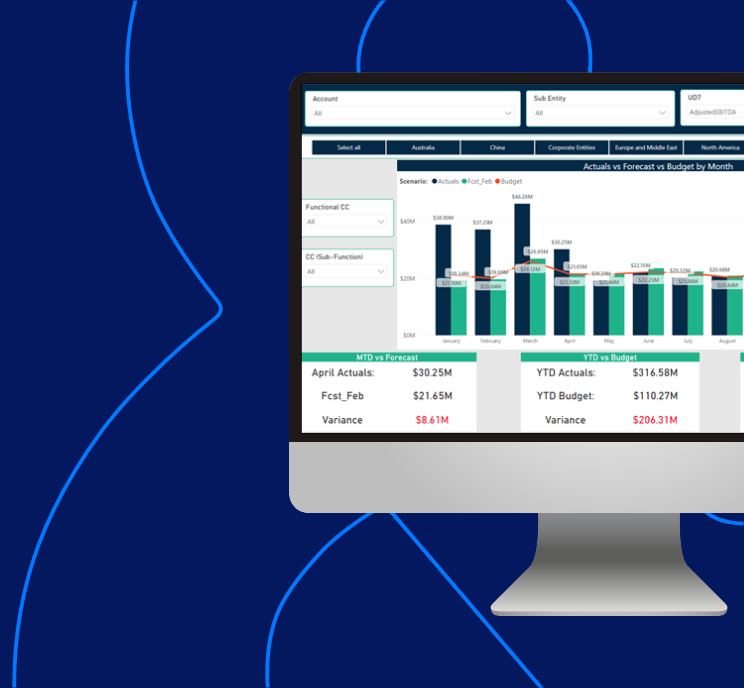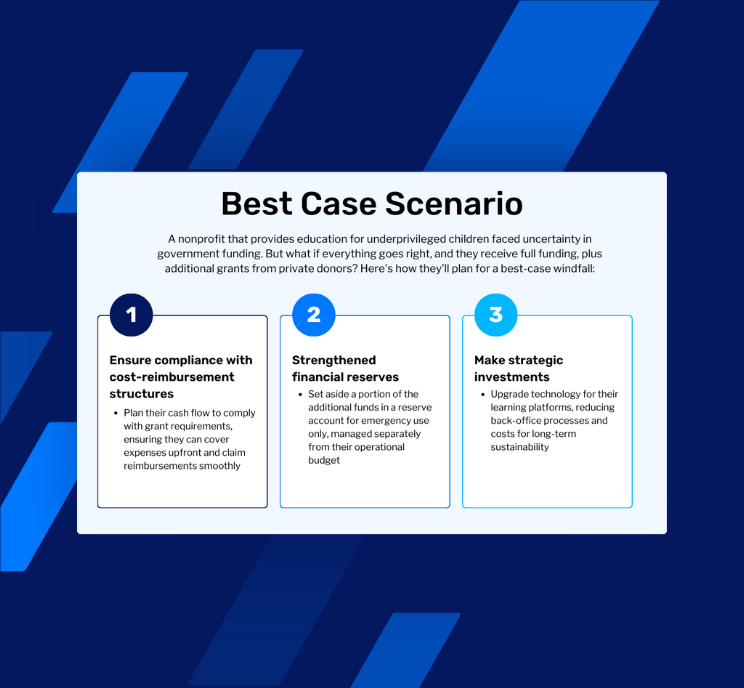Authored by Stacy Gretz, CPA | Principal, SC&H Wealth
Have you suffered property damage due to a natural disaster? If so, you’re not alone. In 2023, the U.S. suffered the fourth most active hurricane season on record, with 20 named storms incurring more than $4.1 billion in damages. 2024 is shaping up to be among the most devastating. Hurricane Helene and Hurricane Milton left a trail of destruction across the southeastern US, and we’re only halfway through the season.
From hurricanes to hailstorms, extreme weather incidents are an inevitable threat to you and your property. However, if you’ve suffered weather-related damage, you may be able to recover some of your losses by taking a tax deduction known as a casualty loss.
Don’t wait for the next storm to hit. Protect what matters most with our all-in-one readiness guide. Download the visual guide now
What Is Considered a Casualty Loss by the IRS?
Casualty losses differ from normal wear-and-tear and deterioration. The IRS classifies casualty loss as the damage or destruction to your home or belongings from any sudden, unusual, or unexpected event, like:
- Floods
- Tornadoes
- Fires
- Earthquakes
- Hurricanes
For tax years 2018 to 2025, your property must be in an area that is declared a federal disaster to claim a casualty loss from weather-related damage.
How to Determine the Amount of Loss
To determine the amount of casualty loss to claim, you must first perform two calculations: the adjusted basis and the decline in fair market value.
- Adjusted basis: Calculate the adjusted basis of your property before the damage. This means the amount you originally paid for the property, along with any associated commissions, taxes, or other expenses connected to the purchase. This basis will decrease through natural deterioration or can increase if you have improved the property. If you didn’t pay for the property but received it as a gift or inheritance, you may need to calculate the adjusted basis differently and should contact one of our tax professionals.
- Decline in fair market value: According to the IRS, fair market value means the price at which a willing buyer would purchase your property on the market. The decline in fair market value is the difference between what a buyer would pay before and after the damage from the natural disaster.
Once you have both the adjusted basis and the decline in fair market value, choose the smaller amount as your casualty loss. Subtract any reimbursement or insurance payments from this number. The remaining amount will be the total loss to use on your tax return.
How to Claim a Casualty Loss Tax Deduction
To report the losses from a hurricane or other natural disaster, use IRS Form 4684, “Casualties and Thefts.” This form will take you through the process of completing your claim step by step.
A few things to keep in mind about claiming losses:
- If the property is not used for business or as an investment, it is classified as personal-use property. With personal-use property, you may be required to subtract $100 from the casualty losses you reported and 10% of your adjusted gross income (AGI) from the total of all your casualty losses for the year.
- Once you have completed Form 4684 and calculated the total of casualty losses, you must itemize this deduction on Form 1040, Schedule A. Itemized deductions are qualified expenses that reduce your taxable income.
- These calculations can be confusing to navigate—and for some losses, these rules will not apply. A tax professional can assist you with properly reporting your casualty losses and maximizing your returns.
When Should You Claim a Casualty Loss on Your Tax Return?
You have two choices—you can claim the loss on either the disaster year or the year preceding the disaster.
If you choose to treat your damage as having occurred in the previous year, you can claim the loss on the return or an amended return for that year. This may either reduce your taxes for the previous year or generate a tax refund. You will have six months from the prior year’s return to amend it.
Recover More with Professional Guidance
The financial aftermath of a hurricane or other weather disaster can be a stressful situation to navigate. Tax laws related to claiming losses from natural disasters can be complex and subject to change, and the extensive documentation process can be daunting. A financial advisor with tax planning expertise can help guide you through the process and maximize any tax relief available.
The SC&H team is comprised of experienced financial advisors and tax professionals well-versed in navigating challenging financial situations. If you’re experiencing unexpected financial losses due to weather-related disasters, reach out to our team today to recover more and get back on your feet faster with the support and guidance of our dedicated team.
Advisory Services offered through SC&H Wealth the doing business as name (“DBA”) of SC&H Financial Advisors, Inc. SC&H also offers advisory services through the doing business as name of SC&H Core. SC&H Financial Advisors, Inc. is a wholly-owned subsidiary of SC&H, Inc.
The information presented is the opinion of SC&H Wealth and does not reflect the view of any other person or entity. The information provided is believed to be from reliable sources but no liability is accepted for any inaccuracies. This is for information purposes and should not be construed as an investment recommendation. Past performance is no guarantee of future performance.
Facing Unexpected Damages?
Get Back on Your Feet Faster.
Maximize every dollar of tax relief and put more money back in your pocket with the guidance of our experienced tax professionals.
Contact Our Team



